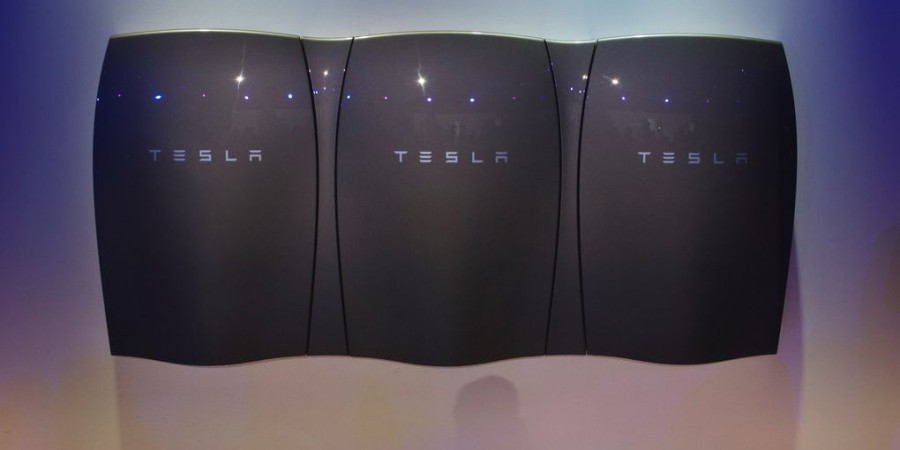Great idea, but regime affiliate Elon Musk is already way down that path already...

Posted on 09/20/2015 10:59:50 PM PDT by blam
Daniel Gross
September 21, 2015
In the wee hours of the morning on Sunday, the mighty state of Texas was asleep.
The honky-tonks in Austin were shuttered, the air-conditioned office towers of Houston were powered down, and the wind whistled through the dogwood trees and live oaks on the gracious lawns of Preston Hollow.
Out in the desolate flats of West Texas, the same wind was turning hundreds of wind turbines, producing tons of electricity at a time when comparatively little supply was needed.
And then a very strange thing happened: The so-called spot price of electricity in Texas fell toward zero, hit zero, and then went negative for several hours. As the Lone Star State slumbered, power producers were paying the state’s electricity system to take electricity off their hands. At one point, the negative price was $8.52 per megawatt hour.
Impossible, most economists would say.
(snip)
(Excerpt) Read more at businessinsider.com ...
There’s an ocean of brackish water under the west texas scrub. Brackish means the water is slightly salty. Its much cheaper to desalinate than sea water because the salt content of sea water is 4-8 times saltier.
Traditionally windmills were used to pump up water from wells.
All they need to do is harness the night time production of windmills— when electricity prices are dirt cheap— to pump up and desalinate water out in west texas—and suddenly they have fresh water that’s cheap enough to water high end crops growing on land that’s dirt cheap.
Moving electricity from Texas to the Northeast is quite expensive, and most is lost in the process. The resistance in the distribution lines burns up the energy as heat in the wires.
Texas has repelled excessive regulation that way. The EPA has targetted them now though.
In theory, FEMA should have asked states like Texas to create such an emergency
Gimme a break. Long lines are the worst thing to do for emergencies, look at the 2012 Derecho, the worst impact was on long line.
You mean lowest? Yes Texas is a little high for residential, but they have the lowest commercial rate, 4th lowest industrial. In all sectors they are 10th lowest.
When the Feds tried to regulate the Texas grid, the governor had all lines crossing the state border cut. So much for the commerce clause...
the tesla power pack is what i was thinking.
charge it up and ship it around.
my thought was to charge them using some alternative means. he didn’t mention what energy is used to charge up the power packs at gigafactory-1... unless it’s done via solar (really? cool)
Thanks. Interesting conundrum. Cut off the lines and you cut off government interference, but lock your surplus out of the national market.
I have no answers to this other than either keep the status quo or join in an electrical connection network.
Glad to know about the problems in moving electricity a long way, but I was thinking more in neighboring Gulf States and SW states (where underground transmission lines would be less susceptible to weather damage, per the reply next to yours’).
Great idea, but regime affiliate Elon Musk is already way down that path already...

I want to thank all the FR posters who joined in my quest for information on how the Texas electrical system functions.
I knew that FReepers would be knowledgeable about this (as usual) and have learned more in a few minutes/posts than if I had spent lots of time searching Google, etc.
In our case, the parts are more knowledgeable and informative than the whole (i.e. an article or two).
This is great!
Disclaimer: Opinions posted on Free Republic are those of the individual posters and do not necessarily represent the opinion of Free Republic or its management. All materials posted herein are protected by copyright law and the exemption for fair use of copyrighted works.